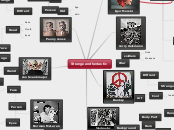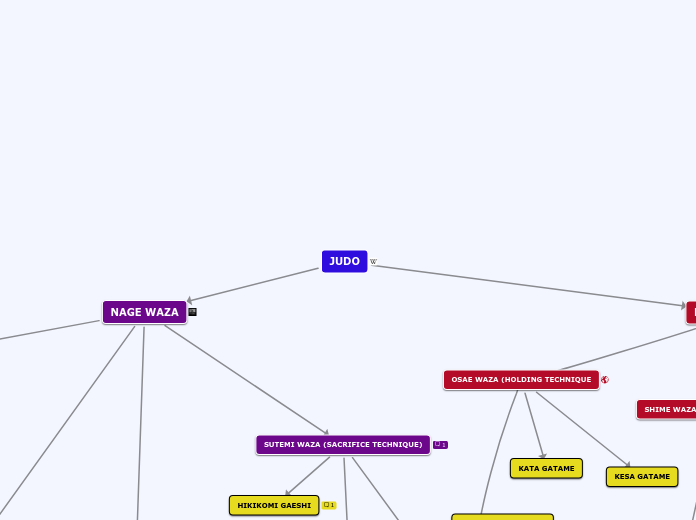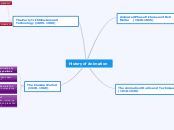AudiolingualMethod – KozaYurdakul
Goals
to develop target language skills without reference to the mother tongue
to foster accurate pronunciation and grammar among learners
to learn to use the target language automatically without stopping to think
to be able to use the target language communicatively
Skills Emphasized
The natural order of skills
4) Writing
3) Reading
2) Speaking
1) Listening
Background
from about 1947-1967 the Audio-Lingual approach was the dominant foreign language teaching method in the United States
set out to achieve quick communicative competence through innovative methods
had its origins during World War II when it became known as the Army method
was developed as a reaction to the grammar-translation method of teaching foreign languages
Basic Principles
Emphasis on certain practise techniques.
Subtopic
Mimicry
Pattern drills
Discouraging the use of mother tongue in the classroom.
Use of dialogues as the chief means of presenting the languages.
Seperation of language skills into speaking, listening, reading and writing with emphasis on the teaching of listening and speaking before reading and writing.
Techniques
Grammar game
The games are designed to get students to
practice a grammar point within a context. Students are able to express themselves,
although it is rather limited in this game. There is also a lot of repetition in this game.
Complete the dialogue
Repetition drill
Multiple-slot substitution drill
Single-slot substitution drill
Use of minimal pairs
The teacher works with pairs of words which differ in only one sound; for example,
'ship/sheep.' Students are first asked to perceive the difference between the two words
and later to be able to say the two words. The teacher selects the sounds to work on after
s/he has done a contrastive analysis.
Transformation drill
Question-and-answer drill
Chain drill
Backward build-up (expansion) drill
Dialog memorization
a) Dialogs or short conversations between two people are often used to begin a new
lesson.
b) Students memorize the dialog through mimicry.
c) In the Audio-Lingual Method, certain sentence patterns and grammar points are
included within the dialog.
d) These patterns and points are later practiced in drills based on the lines of the dialog.
Criticism
Despite being discredited as an effective teaching methodology in 1970,[3] audio-lingualism continues to be used today, although it is typically not used as the foundation of a course, but rather, has been relegated to use in individual lessons. As it continues to be used, it also continues to gain criticism, as Jeremy Harmer notes, “Audio-lingual methodology seems to banish all forms of language processing that help students sort out new language information in their own minds.” As this type of lesson is very teacher centered, it is a popular methodology for both teachers and students, perhaps for several reasons but in particular, because the input and output is restricted and both parties know what to expect.
Roles
Teacher's Roles
responsible for providing students with a good model for imitation
to direct and control the language
behavior of her students.
then provide the patterns the students will use in the substitution drills
to firstly provide a model dialogue for students to follow
Students' Roles
follow the teacher's directions and respond as accurately and as rapidly as possible
imitators of the teacher's model or the tapes the teacher supplies of model speakers
have no control over their output as the output is based on the patterns
Disadvantages
Process of learning only focus in speaking.
Very little attention is paid to communication and content.
Students lacked an active role in the classroom.
Speaking or any kind of spontaneous creative output was missing from the curriculum.
Advantages
Learners more concern about the combination between behavioral psychology and linguistic.
Learners are able to give correct response directly.
Learners have no difficulties to understand the lesson as it is carried out in the mother tongue.
Learners be able speaking the target language comunicatively.









